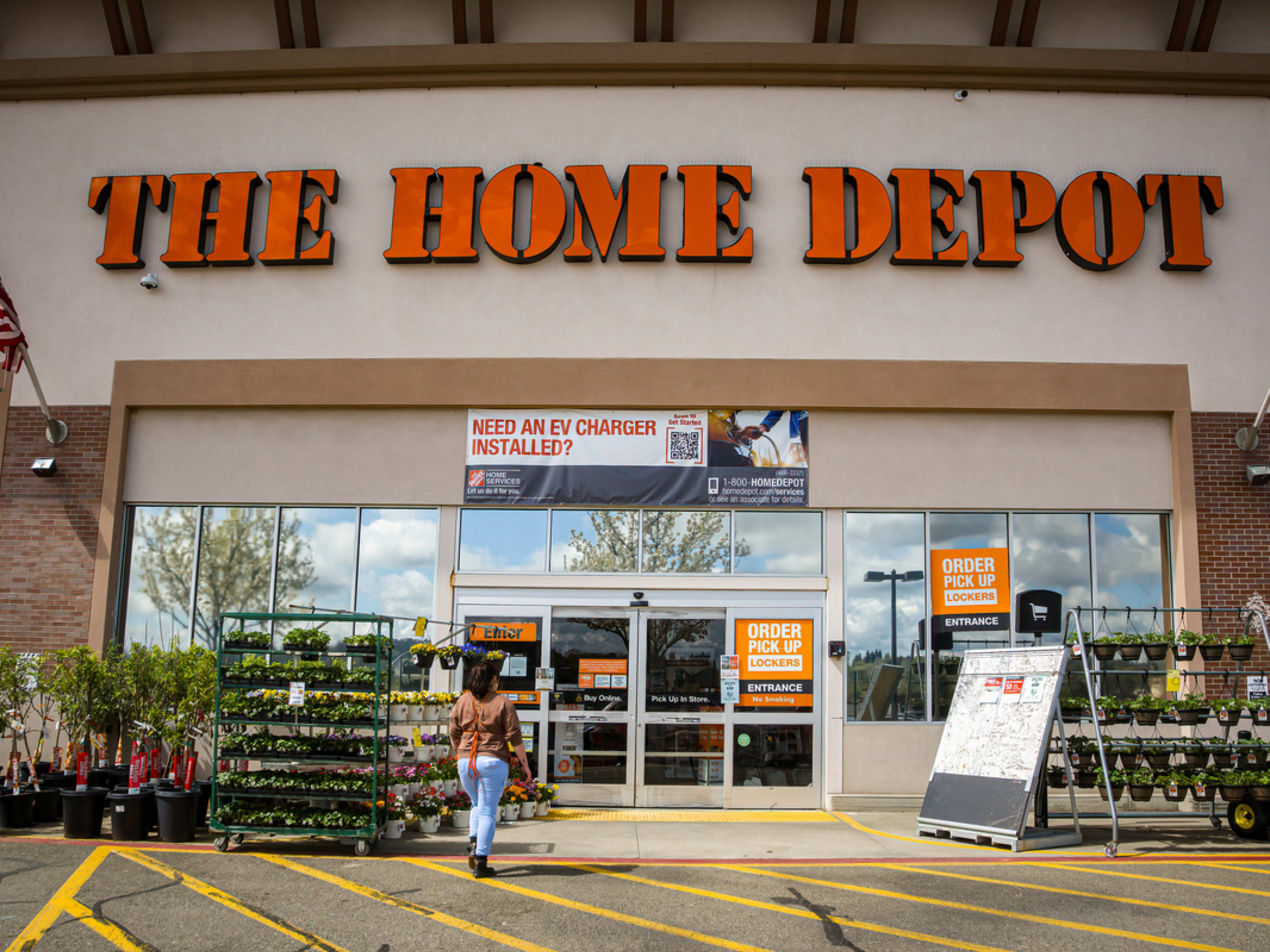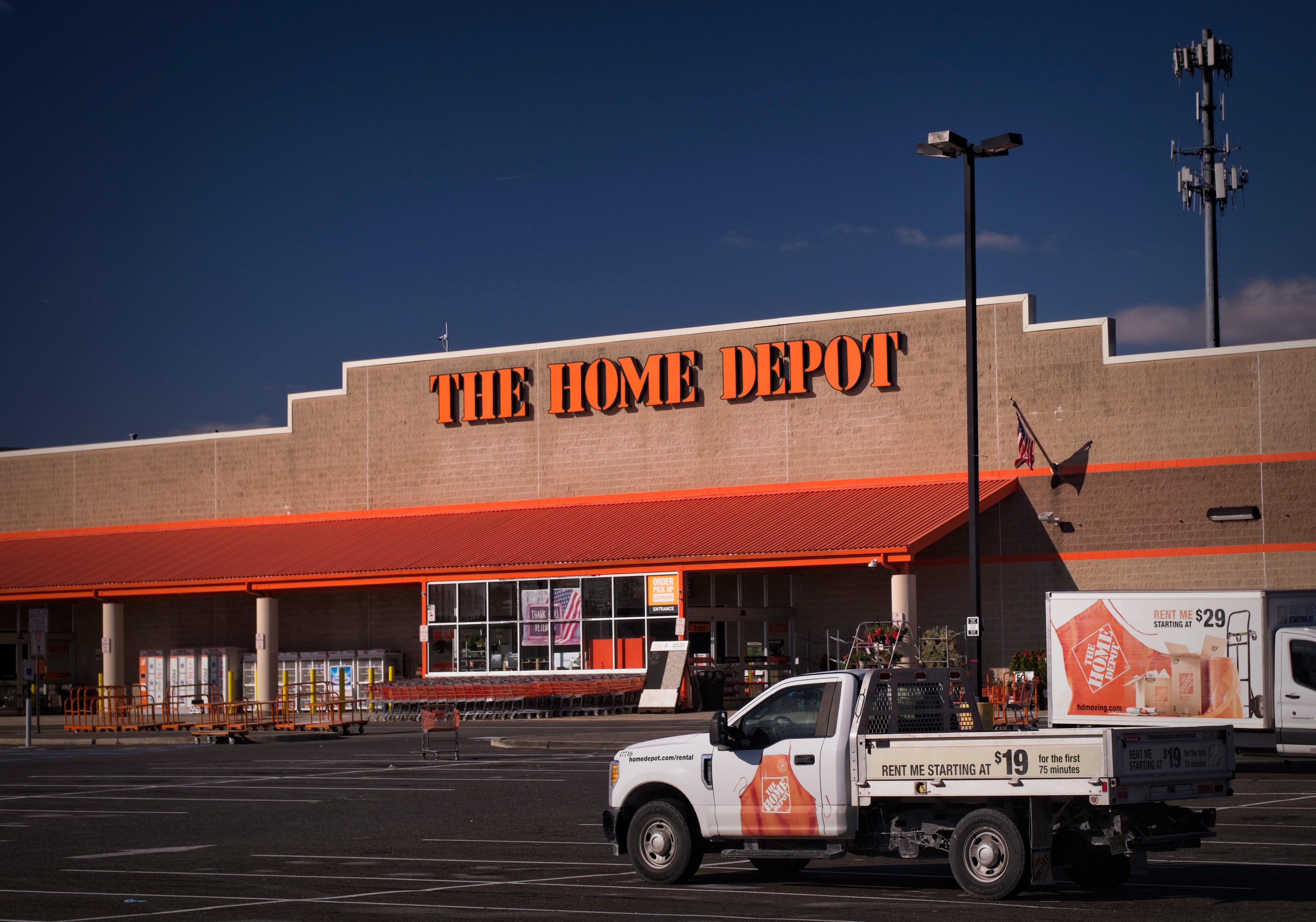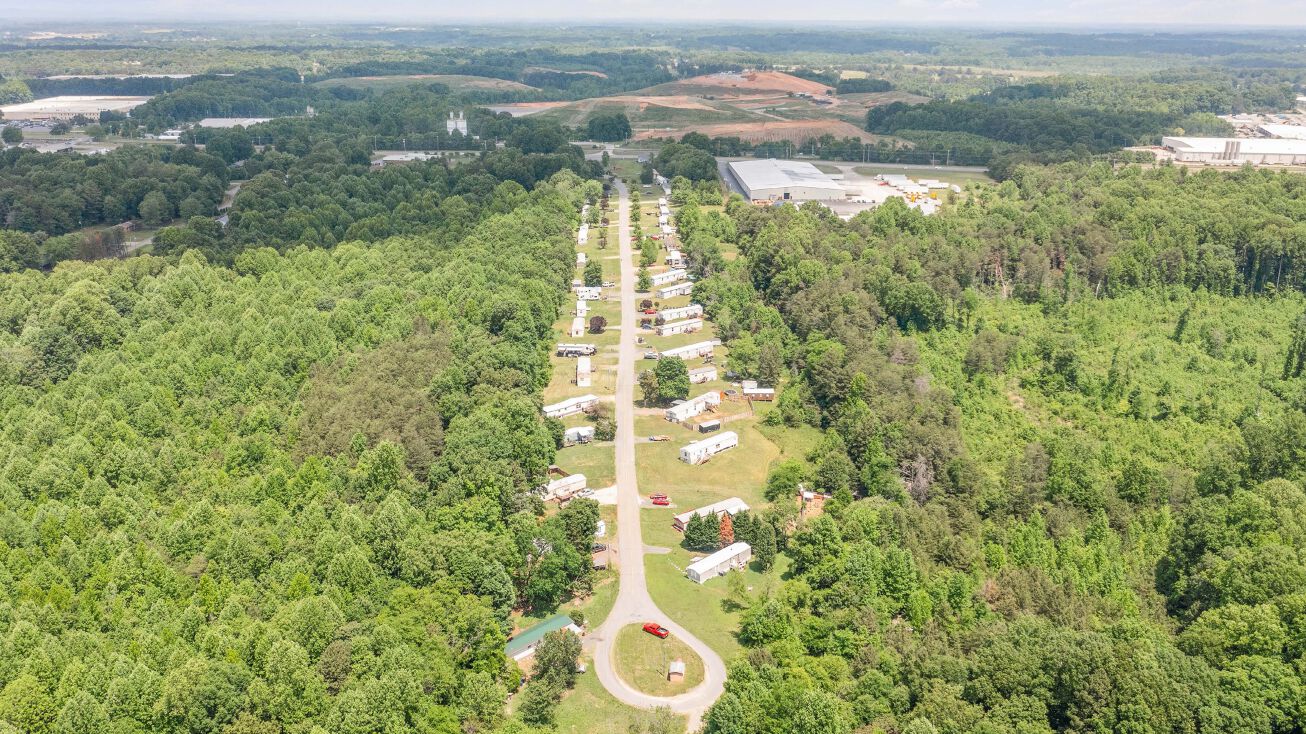Home Depot In Statesville North Carolina

It's a sweltering summer day in Statesville, North Carolina, and your AC is blowing warm air. Or perhaps it's a chilly winter night, and your furnace is stubbornly refusing to heat. Dealing with a malfunctioning HVAC system is frustrating, especially when you're unsure where to start. This guide, brought to you by your friendly neighborhood Home Depot here in Statesville, will walk you through basic troubleshooting steps you can take before calling a professional. Remember, safety first! If at any point you feel uncomfortable or unsure, stop and call a qualified HVAC technician.
Diagnosing the "No Cool Air" or "No Heat" Issue
The first step is to identify the problem clearly. Is the air blowing at all? Is it warm when it should be cold, or vice versa? Is the system making unusual noises?
Step 1: The Obvious Checks (No Tools Required)
Let's start with the easy stuff. These are things you can check without any tools.
- Thermostat Settings: Is your thermostat set to "Cool" in the summer or "Heat" in the winter? Double-check the temperature setting to ensure it's lower than the current room temperature in summer, and higher in winter. Make sure the thermostat is not in "Fan Only" mode. Sometimes the simplest solution is the right one.
- Power Supply: Is the thermostat powered on? Some thermostats run on batteries, and a dead battery can prevent the system from working. Replace the batteries if necessary. Also, check the breaker box. Look for any tripped breakers labeled "Furnace," "AC," or "HVAC." If you find a tripped breaker, flip it all the way off and then back on.
- Air Filters: A dirty air filter is the most common cause of HVAC problems. A clogged filter restricts airflow, making the system work harder and less efficiently. This can lead to overheating (in the summer) or insufficient heating (in the winter). Locate your air filter (usually in the furnace or air handler) and inspect it. If it's dirty, replace it with a new one of the correct size. You can find a wide selection of air filters at our Home Depot in Statesville!
- Outdoor Unit (Condenser): For cooling issues, go outside and check the outdoor unit (the condenser). Make sure it's not blocked by debris like leaves, branches, or snow. Clear away any obstructions that are within a foot or two of the unit. Make sure the fan is spinning freely; it shouldn't be grinding or struggling.
Step 2: Basic Troubleshooting (Simple Tools May Be Needed)
If the obvious checks don't solve the problem, you can move on to some basic troubleshooting steps that might require a few simple tools, which you can also pick up at our Home Depot.
- Inspect the Condenser Fan: (Safety First! Turn off the power to the outdoor unit at the breaker box before inspecting the fan). Gently try to spin the fan blade. It should spin freely. If it's stuck or difficult to turn, it could indicate a motor problem. Do not attempt to repair the motor yourself; this requires professional expertise.
- Check the Condensate Drain Line: During the summer, your air conditioner creates condensation. This water needs to drain away. The drain line can become clogged with algae or debris. A clogged drain line can trigger a safety switch that shuts down the AC. Locate the condensate drain line (usually a PVC pipe near the indoor unit). You can try to clear the line by using a wet/dry vacuum to suck out any blockages. Alternatively, you can carefully pour a cup of white vinegar down the drain line to help dissolve any algae buildup.
- Inspect the Furnace Flame: (For heating issues only, and only if you are comfortable doing so). If you have a gas furnace, you can try to observe the flame. Turn off the furnace power at the breaker box first. Carefully remove the access panel (refer to your furnace's manual for specific instructions). Turn the power back on and set the thermostat to call for heat. Observe the burners. A healthy flame should be blue. A yellow or flickering flame could indicate a problem with the gas supply or burner. If you see a yellow or flickering flame, turn off the furnace immediately and call a professional.
- Check the Blower Motor: Listen to the blower motor during operation. Is it running smoothly, or is it making unusual noises like squealing or grinding? Unusual noises could indicate a failing blower motor. Accessing and inspecting the blower motor can be complicated, so if you suspect a motor problem, it's best to call a professional.
Step 3: Identifying Complex Issues (Professional Help Required)
Some HVAC problems require specialized knowledge and equipment to diagnose and repair. Do not attempt to fix these issues yourself, as you could cause further damage or create a safety hazard.
- Refrigerant Leaks: If your AC is blowing warm air despite the condenser running, you may have a refrigerant leak. Refrigerant leaks are dangerous to handle and require specialized equipment to repair. Signs of a refrigerant leak include ice buildup on the refrigerant lines or a hissing sound near the outdoor unit.
- Compressor Problems: The compressor is the heart of your air conditioning system. If it fails, the AC will not cool. Diagnosing compressor problems requires specialized testing equipment.
- Electrical Issues: Any electrical work on your HVAC system should be performed by a qualified electrician. This includes wiring problems, capacitor failures, and control board issues.
- Gas Leaks: If you suspect a gas leak from your furnace, evacuate the area immediately and call your gas company and a qualified HVAC technician. Do not attempt to find the leak yourself.
- Heat Exchanger Problems: The heat exchanger in your furnace is a critical component that can develop cracks over time. A cracked heat exchanger can leak carbon monoxide, which is a deadly gas. If you suspect a heat exchanger problem, call a professional immediately.
- Complex Control System Malfunctions: Modern HVAC systems often have sophisticated control systems. If the control board or other electronic components are malfunctioning, diagnosing and repairing the problem requires specialized knowledge and equipment.
When to Call a Professional HVAC Technician
It's crucial to know when to call in the experts. Here's a summary of situations where you should contact a qualified HVAC technician:
- You've tried the basic troubleshooting steps and the problem persists.
- You suspect a refrigerant leak or other hazardous substance leak.
- You smell gas or suspect a gas leak.
- You hear unusual noises coming from your HVAC system that you can't identify.
- You're uncomfortable working with electricity or gas.
- You lack the necessary tools or expertise to diagnose the problem.
- Your HVAC system is old and inefficient.
- You notice a yellow or flickering flame in your gas furnace.
Preventive Maintenance Tips
The best way to avoid HVAC problems is to perform regular preventive maintenance. Here are some simple tips:
- Change your air filter regularly (every 1-3 months, depending on the filter type and usage). You can find a wide variety of filters right here at the Statesville Home Depot.
- Schedule annual HVAC maintenance with a qualified technician. They can inspect and clean your system, identify potential problems, and ensure that it's running efficiently.
- Keep the outdoor unit (condenser) clear of debris.
- Consider using a programmable thermostat to save energy.
- Periodically inspect the condensate drain line for clogs.
Home Depot Statesville: Your Partner in Home Comfort
At Home Depot in Statesville, we're committed to helping you keep your home comfortable year-round. We offer a wide selection of HVAC products, including air filters, thermostats, and more. Our knowledgeable staff can answer your questions and help you find the right solutions for your needs.
Remember, while DIY troubleshooting can be helpful, safety should always be your top priority. When in doubt, call a professional HVAC technician to ensure the job is done safely and correctly. Stay comfortable, Statesville!
Come visit us at:
Home Depot Statesville
110 Target Dr
Statesville, NC 28625










